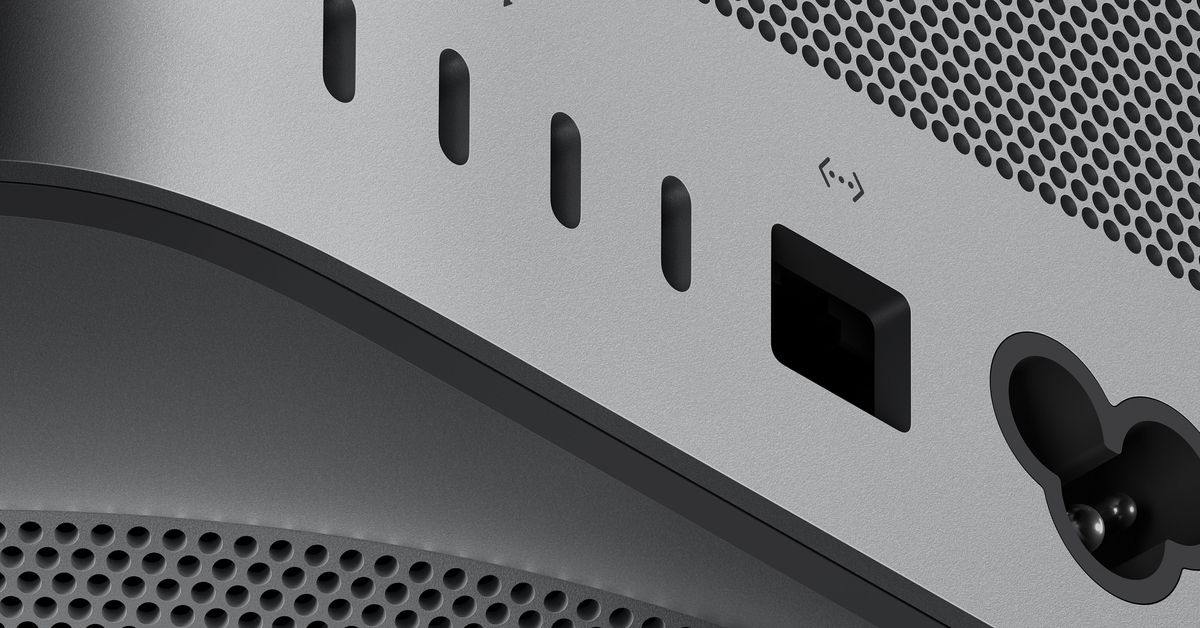Don’t Wait for the Latest Gadget to Improve Your Mental Health
In an ever-advancing world, it was only a matter of time before wearable tech entered the mental health field. Apple […] The post Don’t Wait for the Latest Gadget to Improve Your Mental Health appeared first on ReadWrite.

In an ever-advancing world, it was only a matter of time before wearable tech entered the mental health field. Apple recently announced that the new watchOS would enable users to monitor their mental health in new ways.
The new system will allow users to rate their emotional state consistently and identify significant factors contributing to it. The system will also prompt them to describe their emotions, creating a personal and thorough information log.
Records allow users to identify patterns in major life factors or experiences that impact their mental health.
Apple’s Health app will then compare this data to other health data, such as sleep and exercise, to identify ways these behaviors impact the user’s mental health. The app will also include standard mental health assessments so that users can identify when it may be time to get additional help for their mental health.
From the perspective of a mental health clinician, these new additions certainly have benefits. They create consistent moments of intentional self-reflection, something we often neglect in our busy day-to-day lives. Awareness of an emotional reaction can impact our experience and allow us to do something about it.
The new update creates a log that reveals patterns in behaviors, life issues, and other influences on a person’s mental health. We may not realize that we’re consistently frustrated after a specific meeting every week, and logs like this help us become aware of the factors behind our moods. This empowers us to do something about the situation rather than being un-blissfully unaware of what brings us down.
While these are significant innovations to the world of health technology, we don’t need to wait for the next update to take advantage of these kinds of things. There is also a limit to what technology can do, so we want to stay aware of how to support our mental health. With that in mind, there are a few things we can start doing right away to get these benefits.
Pay Attention
The truth is that our emotional experiences often occur beneath the level of our conscious awareness. Especially in a culture that keeps us busy and distracted, we can miss our own emotional experiences.
Emotions are experienced in the body, so we can start by consciously focusing on our body. How are we feeling? Does anything feel tense, sore, or uncomfortable?
Once we identify an emotion or experience, we can open up to it and explore it. What’s this about? What influenced the onset of this emotion?
Address Emotions in the Moment
Once we are aware of our emotional state, we may be able to do something about it. There may be an action we need to take to relieve some anxiety or apprehension. We may need something: a break, a walk around the block, a glass of water, or even a hug.
We may also simply need to take some deep breaths and allow the emotional experience to pass. This is especially true when we don’t have control over our situation. In these moments, we need to acknowledge what can consciously and cannot be done and let go of the things we cannot control.
A couple of questions have helped me significantly with this:
Is this a real problem, or is it something I’m imagining might happen? If it is imaginative, I must let it go and focus on the present. If it is real, I move to question #2 Can I do something about it right now? If I can, then I should take that action. If not, then I need to briefly make a plan and then let it go until I can take action. If it is something I don’t have any control over, I need to let go and find some acceptance of the situation.Make Practical and Achievable Changes
Our behaviors influence our emotional states and our mental health. If we are ready to make changes that will improve our health, such as getting consistent sleep or starting an exercise routine, then we need to make those changes practical and achievable.
It’s too common to bite off more than we can chew when working toward a new goal. Instead, set a goal of a practical action that can be accomplished each day. Then, do it consistently to create long-lasting change. The secret of goal setting isn’t about the end result but the formation of daily habits.
Address Unresolved Issues and Reach Out for Help
As we become more self-aware, we will find old patterns, beliefs, and pains beneath the surface. This means that we need to address the things that have gone unresolved. We owe it to ourselves to work through these difficult things impacting our current well-being.
When it comes to those old wounds, what we’re really dealing with is trauma, and in those cases, it’s best to get help. Friends and family can immensely support this, but finding a therapist who can help from an unbiased perspective is never bad. Mental health clinicians are trained to understand these deeper pains and can help accelerate the path of healing.
Featured Image Credit: Cottonbro Studio; Pexels; Thank you!
![]()
Nick Norman
Nick Norman, LICSW, is the Business Relationship Manager at Mindful Therapy Group, a diverse and collaborative network of more than 1,000 licensed, independent mental health clinicians serving Washington and Oregon. Nick ran his own therapy practice for several years. Specializing in men’s issues and psychospirituality, he enjoys helping people create more meaning in their personal and professional lives. He holds a Master of Social Work degree from the University of Washington In his current role at Mindful, he contributes to the development of business relationships with the independent clinicians in the group through consultation, education, and problem-solving.

 Astrong
Astrong 
































